Opened in 2013, Museum SAN is the fruit of 30 years of preparation by the founder late Mrs. Lee, In-hee—Hansol Group advisor and the eldest daughter of Samsung chairman Lee, Byung-chul. With its architecture designed by renowned architect Tadao Ando, Museum SAN is an acronym for “space, art, nature”. Located in a valley, Museum SAN is also known as a relaxing place to spend time away from the hectic cosmopolitan of Seoul, integrating the private art museum scene into the everyday lives of South Koreans. Its collection includes Korean modern and contemporary oil paintings and paper artworks.
As part of the research for the PRIVATE ART MUSEUM REPORT 2023 published in June (read the full report here), LARRY’S LIST interviewed Mrs. Ahn, Young Joo, current Museum Director and daughter-in-law of late Mrs. Lee, In-hee. She explained the journey behind the establishment of Museum SAN, the evolution of the museum collection and its audience, and the inclusion of the James Turrell Hall and a meditation hall. She also shared her views on the role of a private museum in our world nowadays and her vision for the museum in the upcoming years.
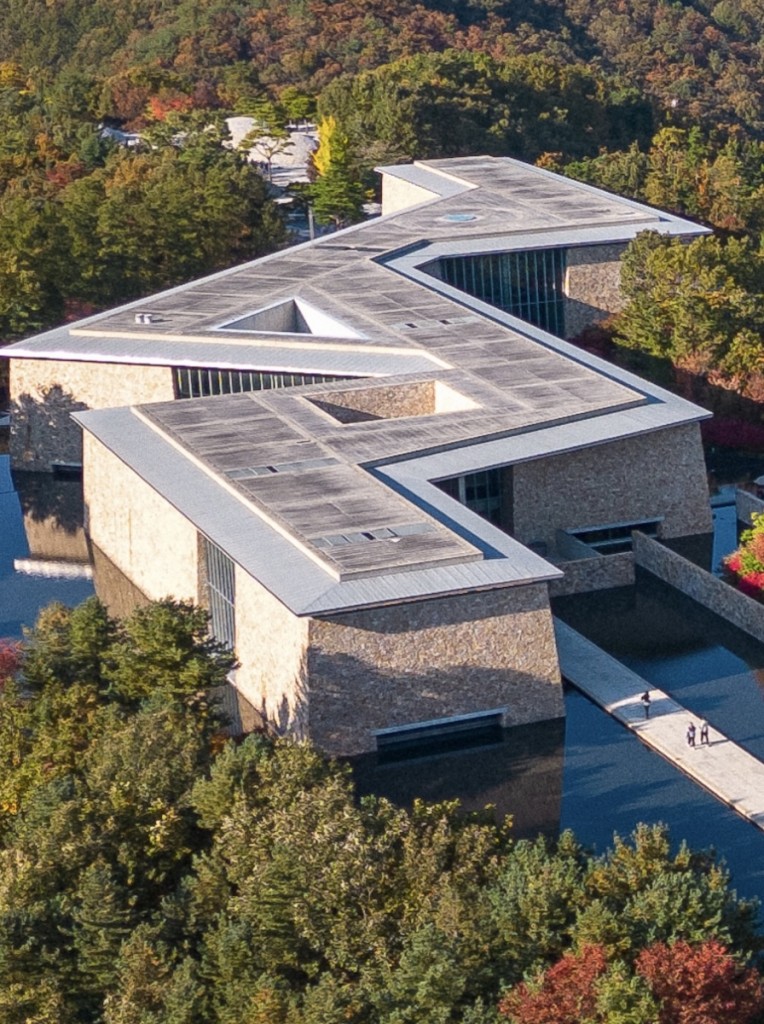
What were the motivations behind establishing Museum SAN in 2013?
We wanted to develop Museum SAN as a cultural space that brings joy and inspiration to visitors while continuing our heritage. Hansol Paper established the Hansol Cultural Foundation in 1995, and the first paper museum was established in 1997. After 30 years of preparing for the establishment of the museum, which was the wish of Hansol Group advisor, late Mrs. Lee, In-hee (the eldest daughter of Samsung chairman Lee, Byung-chul), the museum opened in 2013.
The museum is divided into two sections: the Paper Gallery, which displays paper artworks from the former Hansol Paper factory in Jeonju, including hanji crafts, paper books, and paper artifacts that illustrate the history of paper; and the Cheongjo Hall, which displays works donated by Mrs. Lee and hosts special exhibitions.
Why this location and environment was chosen? Why and how is Museum SAN connecting the art collection with the natural environment?
Oak Valley is a large site of 11.5 square kilometers. We wanted to include not only leisure facilities but also cultural facilities, so we planned to establish an art museum, and while the golf course is a joint venture with another company, the art museum is managed by Hansol Cultural Foundation, from the site to the construction.
There was a lot of communication between the architect, Tadao Ando, and my mother in-law, Mrs. Lee, In-hee. We accepted Tadao Ando’s opinions in designing the space for the collection, which resulted in a successful work. Tadao Ando’s unique approach to architecture is evident in the fact that he invited 200 Japanese guests to visit the museum and introduced them to the works of his art. After the building was completed, it was closed for a year, and after various adjustments, the museum space was finished, and the current museum was born.
The name was changed from Hansol Museum to Museum SAN, which is an acronym for “space, art, nature”, combining the architecture, the collection, and the most beautiful nature of Wonju. The scenery around the museum is very beautiful, and Tadao Ando’s work is designed with a path that goes around all the windows that allow you to see the outside, so you can enjoy the view as you go around. It seems to create a relaxing time to interact with nature and heal instead of just looking at the exhibits. I think it is the most lingering art museum in Korea. Yesterday, we had 2,400 visitors in a single day, and everyone who came was smiling happily, some by the water, some by the stones, and some outside, enjoying their time inside the exhibition according to their own taste and style. I realized that even though we had the highest number of visitors, it was a number we could accommodate.
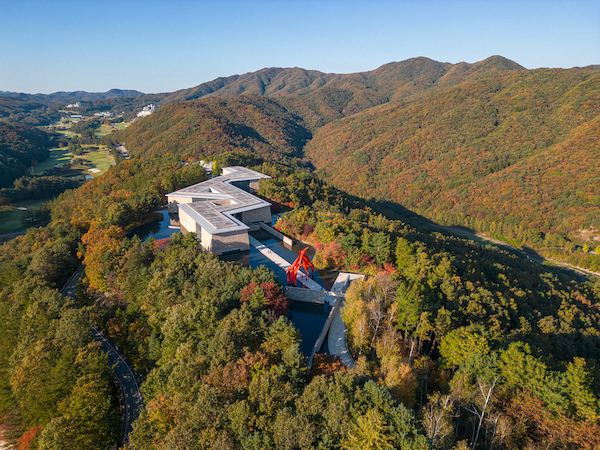
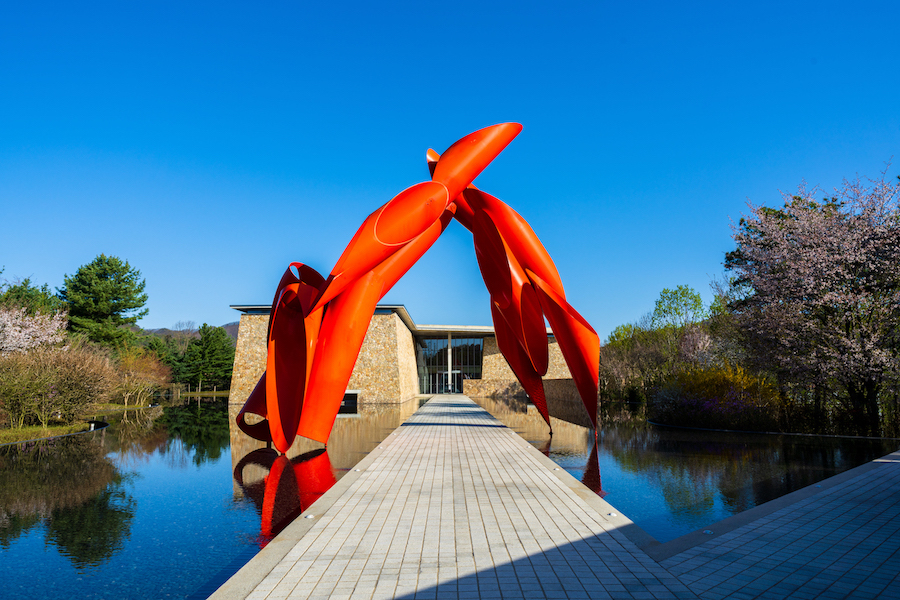
How many artworks are there in the collection? How has the collection grown and evolved since the opening of the museum?
The collection consists of 1,400 pieces of paper crafts and books in the Paper Museum, and 1,400 pieces in the Cheongjo Gallery, all of which were donated by Mrs. Lee, In-hee to the Cultural Foundation. Mrs. Lee focused on Korean modern and contemporary oil paintings while Hansol Paper owns many works by overseas artists. In the meantime, when public institutions, such as the National Museum of Modern and Contemporary Art and the Seoul Museum of Art, have requests, we often lend works to share with them.
In the case of George Segal’s work and Nam June Paik’s work, Tadao Ando looked at the collection before he started designing the building and created special spaces for them. The works by Alexander Liberman and Mark di Suvero are works that Mrs. Lee and Tadao Ando decided to install when the museum was established.
After the museum was finalized, we collected more works, and Tadao Ando and my mother-in-law, Mrs. Lee, communicated for a long time before choosing the location of them. She had been preparing for the museum for 30 years. Rather than passing on the works as inheritance, she wanted them to be enjoyed by the public.
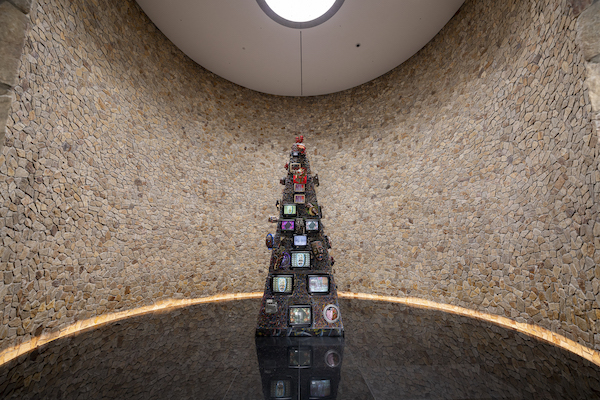
How many exhibitions do you organize every year? How much are you involved in curating the exhibitions?
We only organize exhibitions twice a year. Cheongjo Gallery 1 and 2 change every six months, and exhibitions that showcase the museum’s collection change every three months.
I discuss with the curatorial team the direction and lead the management of the museum with top-notch professionals who have been involved in the management of Shilla Hotel and Oak Valley. This management mindset is based on the concept of service that allows visitors to enjoy their stay, and I think this is where the experience of the museum can be differentiated, as it is important for visitors to enjoy their stay and have good memories.
Our art collection is important, but Mrs. Lee, In-hee once said that the best work is the architecture of Tadao Ando, so I think it is more important to create a beautiful harmony between art, nature, and the works that have been painstakingly created through countless years of communication.
Because we are a private art museum, the staff at Museum SAN have a strong sense of duty and responsibility to further polish and preserve our facilities and to make a lasting impression on our visitors. Every morning, they all clean and take care of their areas; they have a sense of ownership and love for the museum. We have been inspired by visiting many old museums in Japan, such as the Lalique Museum in Hakone and the Miho Museum in Kyoto. We want to be a museum that people will be happy to visit again in 30 or 40 years, and we also take care of the landscaping of beautiful trees and rare plants.
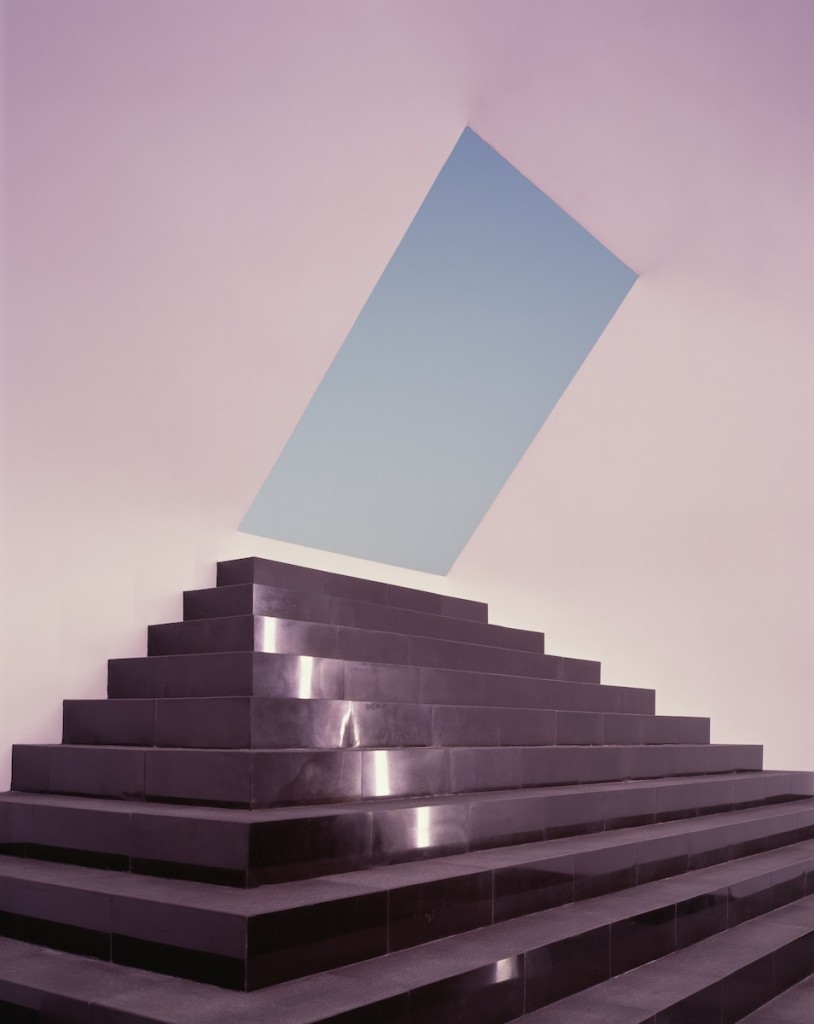
There is a special focus on James Turrell’s work. Why is it important to introduce his work to the Korean audience?
After visiting about 20 of Tadao Ando’s buildings from Osaka to Naoshima, my mother-in-law and I were so moved by the experiential art of James Turrell in Naoshima that we invited the artist himself to visit the site of Museum SAN to propose an artwork and space. We shared his requests and incorporated a lot of the artist’s input, resulting in the James Turrell Hall, an artistically accomplished architectural work and space. It was built on a much larger scale than Naoshima, making it a meaningful space for the artist, and a space that comes to mind when I think of Museum SAN. We have a sense of mission to be a museum that satisfies people who come from far away to visit, and I am grateful to see that people are satisfied with the James Turrell Hall. Tadao Ando, who also visited the museum exhibition, said that he admires the passion and world-changing, innovative ideas of Mrs. Lee, In-hee and the founder of the Naoshima Museum of Art, Soichiro Fukutake.
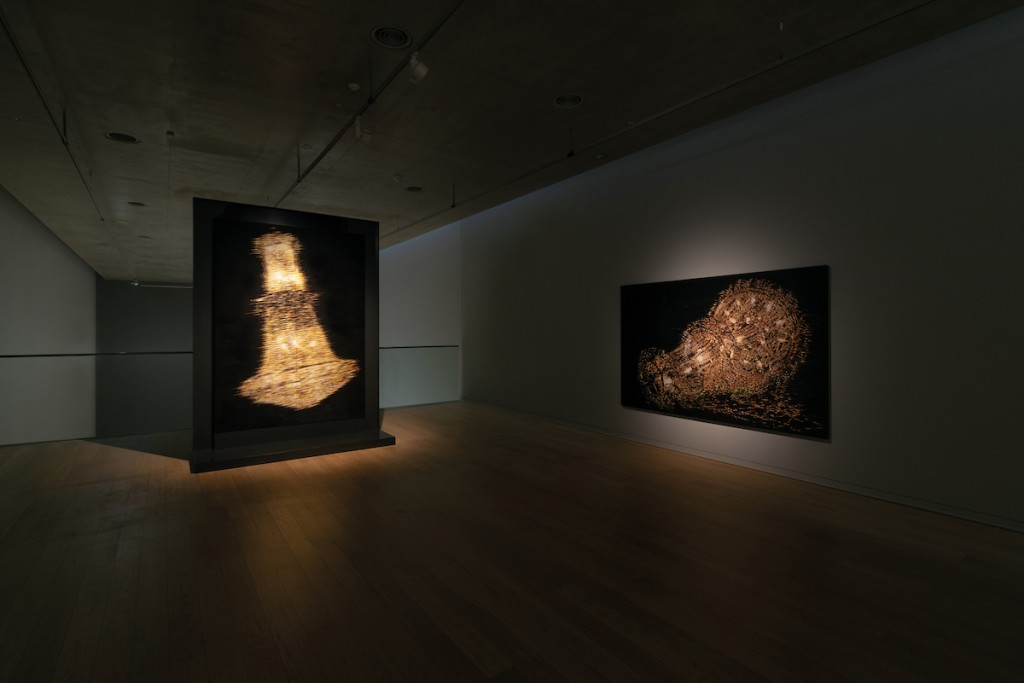
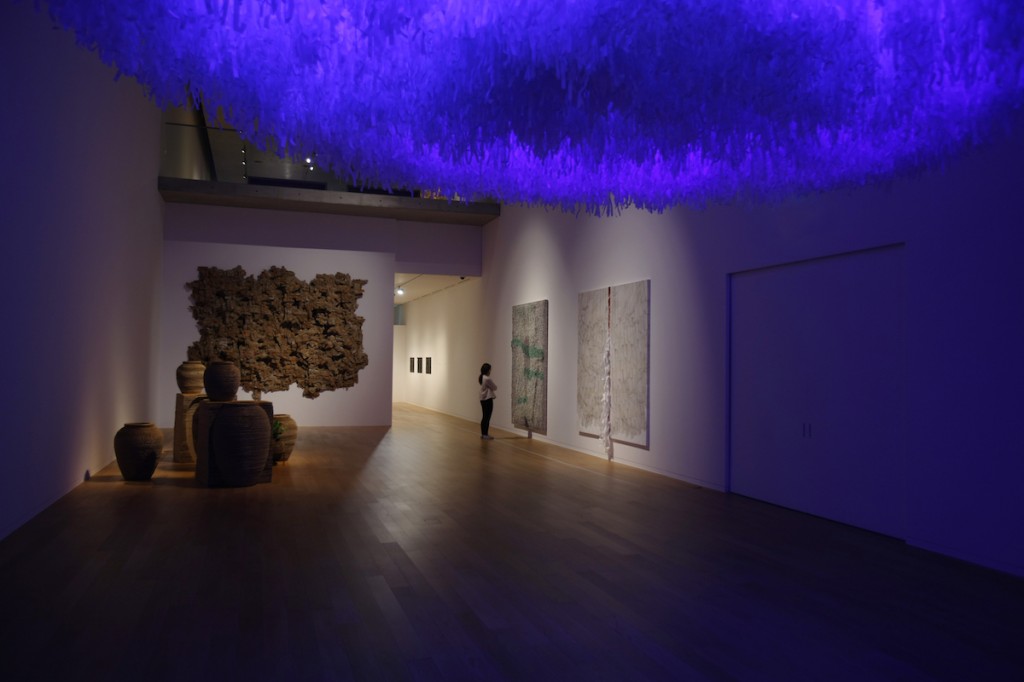
There is a gallery in Museum SAN dedicated to the arts and crafts of paper. Can you tell us more about this gallery?
The museum displays the history of paper, crafts, artifacts, and objects that have been used in life and history. Examples include a sajudanja (a piece of paper sent from a groom’s house to his bride’s house after an engagement with the groom’s date of birth written on it), a king’s tribute engraved on paper, and Buddhist scriptures. These items were once part of the Jeonju Paper Museum, which is sponsored by Hansol Paper.
There are also programs and workshops on printmaking and paper crafts. Why do you think it is important for your museum to offer these activities as well as exhibitions?
We held a printmaking contest with the founding director, Mr. Oh, Kwang-soo. Printmaking has few professional competitions, and it is hard to get noticed as an artist. So, when we held the contest, young artists participated, and we held a total of five contests over a period of 10 years. We selected talented artists from the contest, and we also distributed Hansol Paper’s calendar as a printmaking edition calendar, which was a meaningful activity. This led to the development of printmaking contests and exhibitions that do not require any qualifications and to the introduction of multiple media and various contents other than paper media.
In the printmaking workshops, there are programs to make stamped bags with the artist, and demonstrations by the artist. These programs are popular because the whole family can participate and enjoy together.
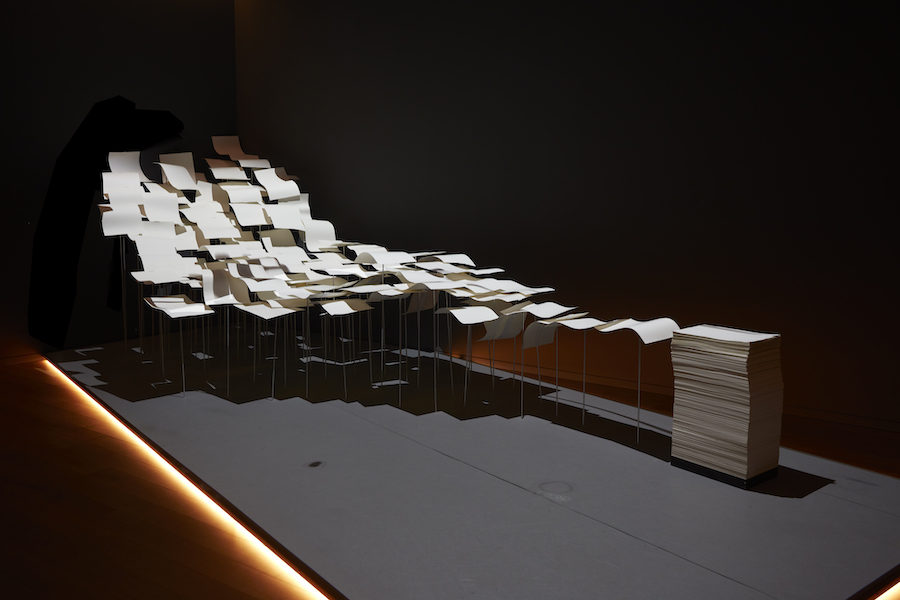
Museum SAN is a distance away from the art hub in Seoul. Through what channels do you build and attract your audience to visit the museum?
We have primary marketing channels, but I think it has really grown by word of mouth. The museum’s basic policy of creating facilities and environments that are comfortable, beautiful and inspiring, combined with stunning nature, architecture and art as mentioned earlier, has helped it grow into a museum that visitors want to see.
What kind of evolution have you observed among your audience between the early years of the museum and nowadays?
When we first opened, the museum was visited daily by local residents. Today, we welcome more than 265,000 visitors a year from across the country. These days, audiences are researching and immersing themselves in programs on the museum’s website in advance. If you go through the whole museum, the experience takes a total of four and a half hours. Since the length of stay is longer than other museums, we make sure that the various facilities besides the exhibitions work well together and are operated in a way that is comfortable for the audience. Even the process of installing an additional sundeck outside is being done with Tadao Ando’s design in mind. We want to continue to upgrade the space to accommodate the growing number of visitors.
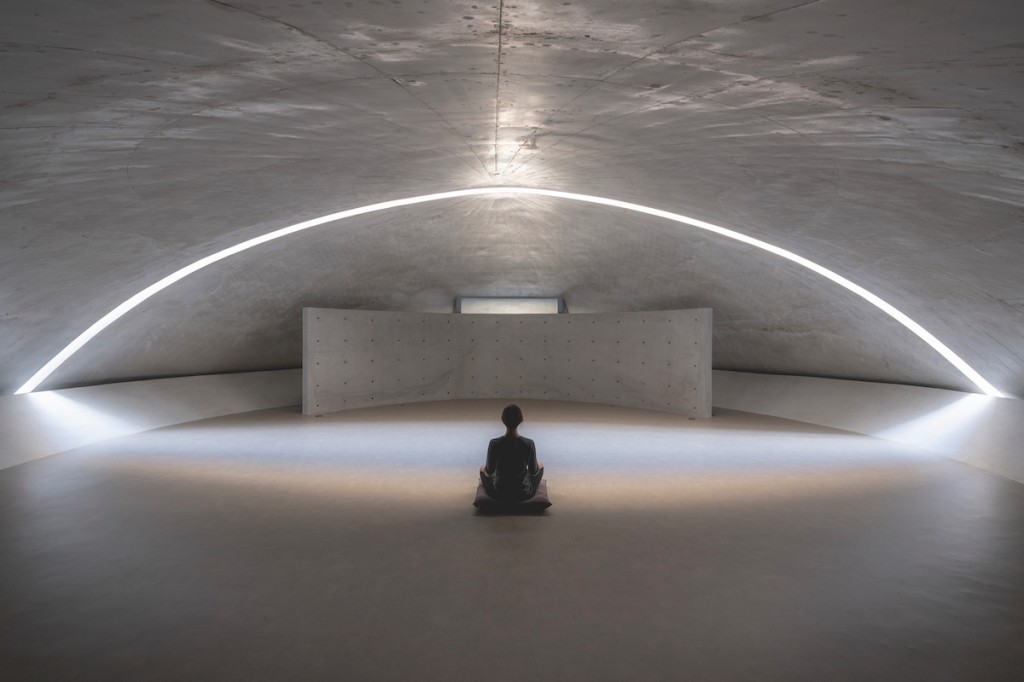
There is also an uncommon facility among museums—a meditation hall. What inspired this idea?
Tadao Ando said that in order for a museum to be sustainable, there must be new events every five years, and he recommended museum programs that he has found in his travels around the world. The meditation hall and related programs have been singled out as a contribution to cultural wellness and are supported by the Ministry of Culture, Sports, Science and Tourism.
What do you think the role of a private museum is in our world nowadays?
I have been thinking a lot about this question: how many places in Korea can be proudly introduced as cultural spaces? When Japan was in a bubble economy for a while, there were 20 art museums in the Hakone area, but they all disappeared. Now there are about 10 left, and only three of them have been maintained as cultural spaces. Probably the fact that people continue to visit them several times a year is because they offer a cultural experience that goes beyond just art. For example, the René Lalique Museum in Hakone, which was built for French jeweler and glass designer René Lalique’s work, is still being visited decades after opening. I want to create a space that people want to visit again, a space that gives you a great experience no matter how many times you return. Many high-end cultural spaces are closed society, but I think the role of private museums is to make a place where you want to be with your friends and family, where you can go and feel comfortable, and also to increase general cultural awareness.
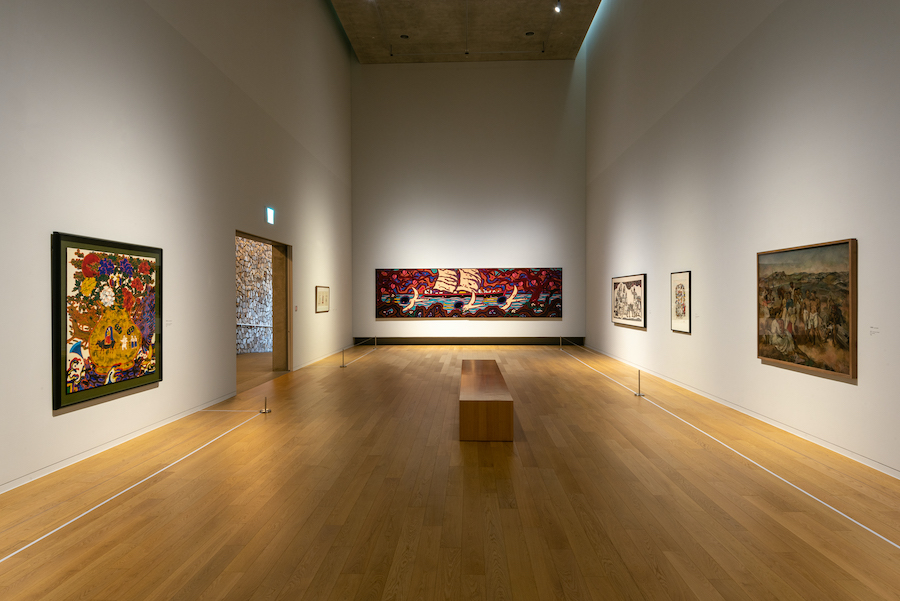
What is your vision for the museum in the next five and ten years?
As the museum celebrates its 10th anniversary, we are evolving from a corporate-sponsored museum to an independent management system. Museum SAN is now an autonomous museum that operates with dividends from donated shares and admission revenue. We are an art museum that receives 265,000 visitors a year. Still, rather than having an extensive blockbuster exhibition, we want to cultivate and nurture the program so that we can show and display all of our exhibits and works with care. We have the pride of being an autonomous museum. We hope that the love and effort we put into the space can be practically applied and visible to the audience.
I hope Museum SAN will be recognized and remembered as a harmonious museum where space, art, and nature all unite. We do not have a vast collection, but we aim for a pleasant synergistic effect between nature and art. We also want to be an example of a self-supporting museum and change the perception that museums need fortunes to operate.
I visited the Louisiana Museum of Art last summer, and although it was summer and there were so many visitors, I saw a cheerful scene between the exterior and the ocean, among the artwork, the audience and the staff. I want the future of Museum SAN to be like that.
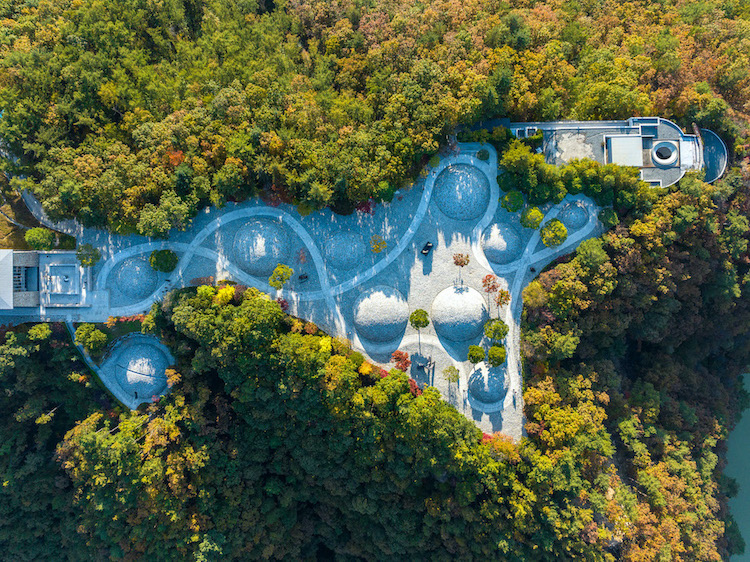
All images courtesy of Museum SAN
Related: Museum SAN
Instagram: @museumsan_official





